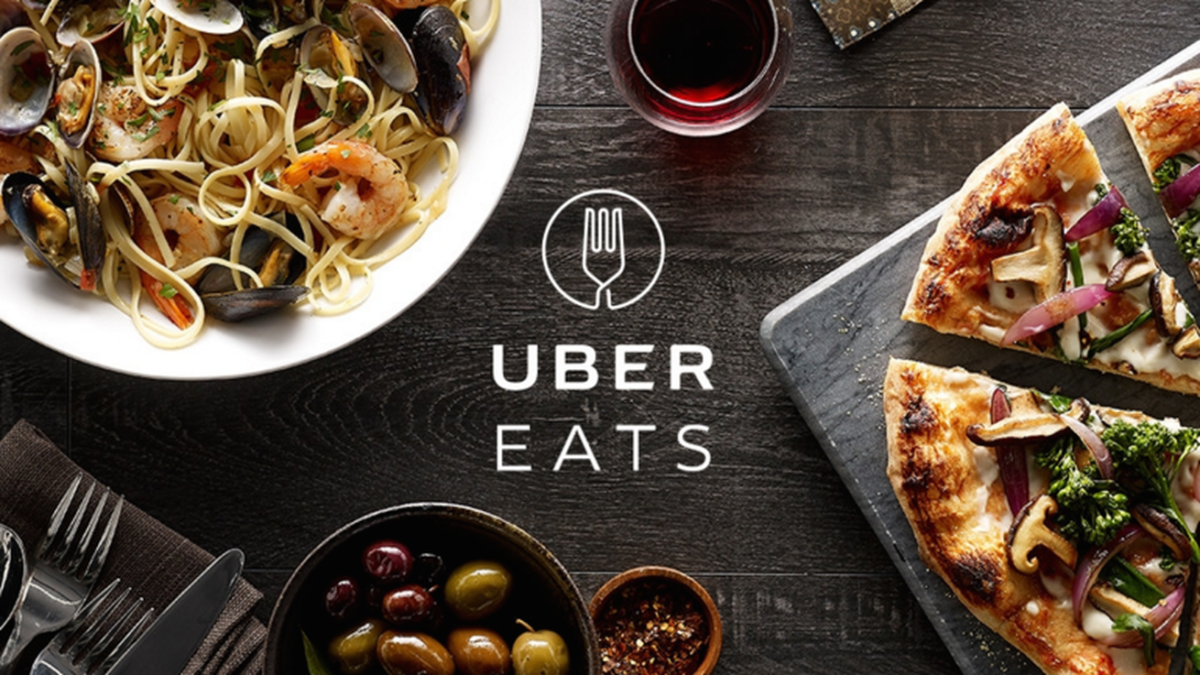Six years ago, Uber officially started as a taxi service in San Francisco, currently it is used in more than 200 cities in dozens of countries by more than milions of people. For the first time, Uber has broken a product out into its own standalone app. A few months ago, the company launched its long-awaited UberEats app in the US. Now, it’s Amsterdam’s turn to prove its success. Because of the low switchting costs in the food delivery market, UberEats Amsterdam is determined to steal market share from the popular Thuisbezorgd.nl (owned by Takeaway.com) which currently serves 80% of the Dutch food delivery market. (fd.nl 2016) In order to do so, UberEats created some advantages compared to their competitors.
First, UberEats delivery service charges no minimum order amount and additional delivery fee. If people just want to order a simple ice cream or a sandwich from across town, then UberEats does not charge the customer anything extra. Another advantage UberEats is likely to profit from is its’ current database of customers who are already using the regular Uber app. These customers are only one ‘click’ away from UberEats and therefore even the most loyal Takeaway customers become a prey for UberEats. Another advantage UberEats is likely to accomplish is the amount of time needed for delivery. Because they are already familiar with efficient fast tracks and ways to move through the city, the delivery time can be reduced to a minimum amount of time.
However, apart from Takeaway.com, earlier this year two other food delivery services entered the market. Deliveroo and Foodora, two fast growing key players, should not be ignored. They might be the future of food delivery because of the strong partnership with different high-end restaurants and their focus on healthy and nutritious take-away food. However, because of this partnership with high-end restaurants they charge the customer 2,50 euro commission on top of their order, which is a 30% margin. It is up to Uber if they can realize the same service in a less expensive way.
Uber might be a latecomer in the race to deliver food, but by watching other companies’ stumbles, the UberEats team believes it’s learned what it takes to be the winner. What do you think?
Source:
https://fd.nl/ondernemen/1169051/ubereats-is-vastbesloten-de-bezorgmarkt-op-te-schudden
http://www.businessinsider.com/why-uber-launched-uber-eats-2016-3?international=true&r=US&IR=T


